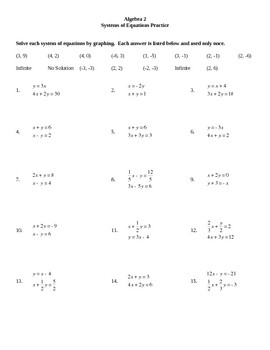

some equations are algebraic) technically the distinction between an implicit ODE system that may be rendered explicit and a DAE system is that the. Problems with high-dimensional and complex domains. They are distinct from ordinary differential equation (ODE) in that a DAE is not completely solvable for the derivatives of all components of the function x because these may not all appear (i.e. The framework is particularly desirable for solving

Training of networks, parallel implementation, and integral calculations only Special construction of the test functions, the ParticleWNN allows local Solving many practical problems often comes down to finding sets of functions that satisfy such a system (often in- volving more than two functions). Number of quadrature points for computing the integrals. The ParticleWNN inherits the advantages of weak/variationalįormulation, such as requiring less regularity of the solution and a small Strategy is designed to adaptively modify the radius of regions during To train the neural networks, an R-adaptive Is constructed by functions compactly supported in extremely small regions Last post, we learned about separable differential. Advanced Math Solutions Ordinary Differential Equations Calculator, Bernoulli ODE. However, since we are beginners, we will mainly limit ourselves to 2×2 systems. In thisįramework, the trial space is chosen as the space of DNNs, and the test space Equations Inequalities System of Equations System of Inequalities Basic Operations Algebraic Properties Partial Fractions Polynomials Rational Expressions Sequences Power Sums Interval Notation Pi. differentiable N ×N autonomous system of differential equations. (ParticleWNN) is developed for solving PDEs in the weak form. Learning-based framework named Particle Weak-form based Neural Networks
#Solving equation systems to be differentiable pdf
Download a PDF of the paper titled ParticleWNN: a Novel Neural Networks Framework for Solving Partial Differential Equations, by Yaohua Zang and 1 other authors Download PDF Abstract: Deep neural networks (DNNs) have been widely used to solve partialĭifferential equations (PDEs) in recent years.


 0 kommentar(er)
0 kommentar(er)
